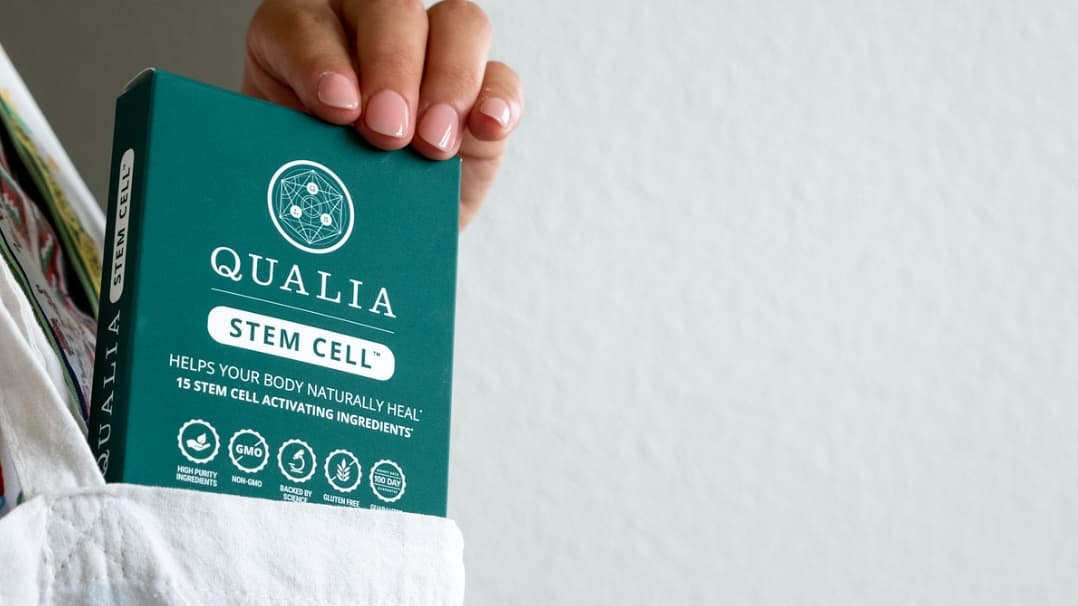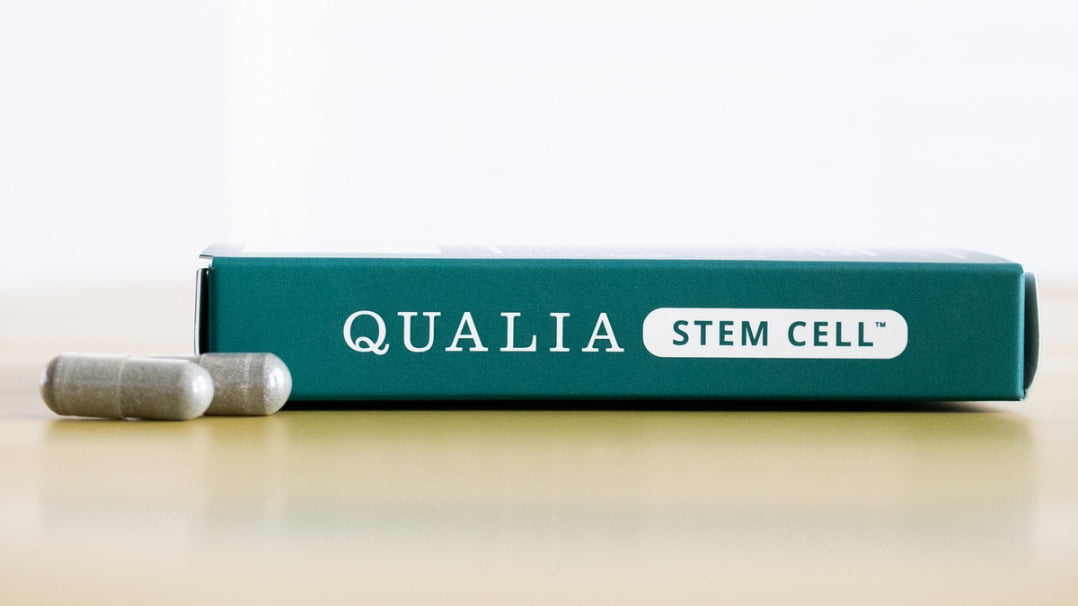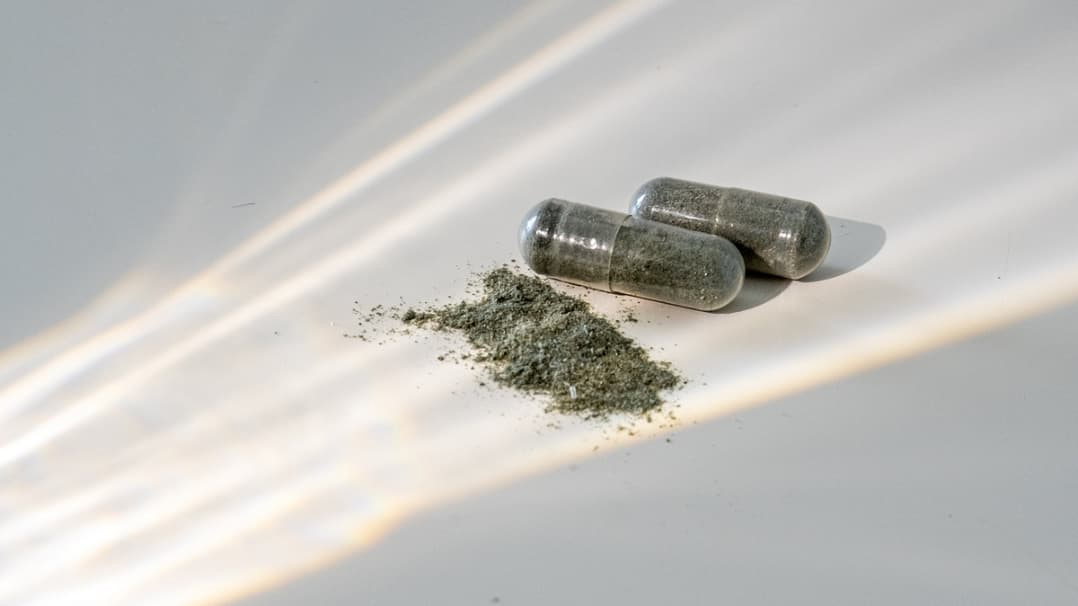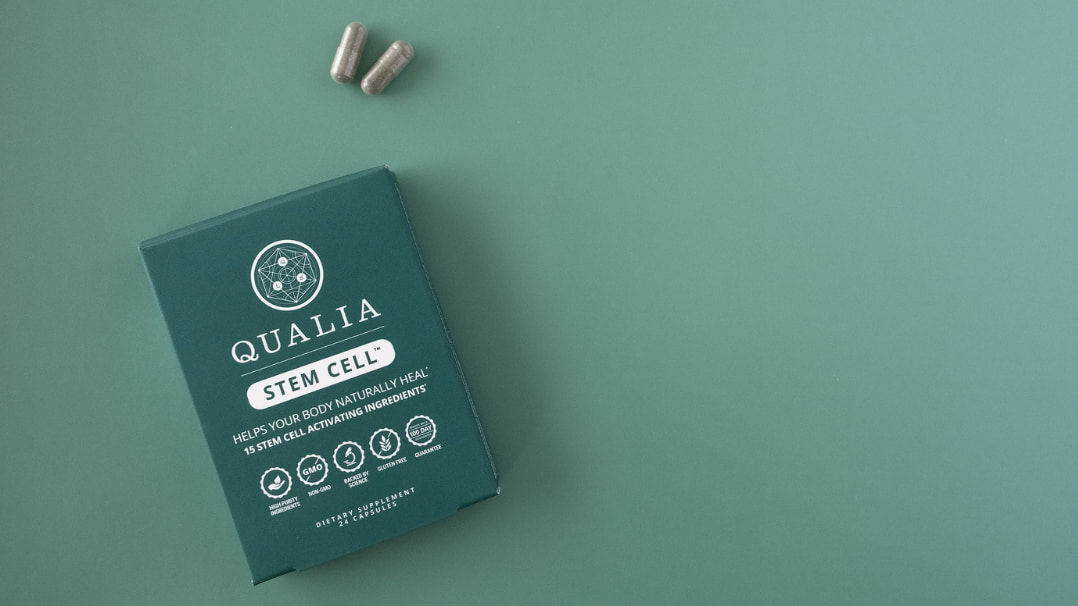Nutricog® (Terminalia chebula fruit extract and Boswellia serrata gum resin extract)

Nutricog® is a blend of two Ayurvedic herbs: Haritaki (Terminalia chebula) and Boswellia (Boswellia serrata). It is a source of gallic acid, ellagic acid, and amyrins. The fruits of T. chebula have many traditional uses, including the support of gastrointestinal health, immune defenses, and brain health. T. chebula fruits are rich in vitamin C and polyphenols including tannins, phenolic acids, and flavonoids, all of which have antioxidant properties and support general health and protective mechanisms in several organs of the human body, including the brain [1]. The resin of Boswellia trees, which is also known as frankincense or olibanum, has been traditionally used to support musculoskeletal health, immune defenses, and respiratory health, among others. Boswellia is rich in bioactive compounds including terpenes such as boswellic acids and amyrins that can cross the blood brain barrier and support healthy brain function [2,3].*
TOP BENEFITS OF NUTRICOG®
Supports healthy brain function and cognitive performance*
Supports healthy neuroprotective mechanisms*
QUALIA’S NUTRICOG® SOURCING
Nutricog® is a patented combination of Haritaki (Terminalia chebula) and Boswellia (Boswellia serrata), standardized for gallic acid, ellagic acid, and amyrins.
Nutricog® is clinically-studied for the support of cognitive performance.*
Nutricog® is non-GMO, vegan, gluten-free, Kosher, and Halal certified.
Nutricog® is a registered trademark of PLT Health Solutions - Laila Nutraceuticals, LLC.
NUTRICOG® FORMULATING PRINCIPLES AND RATIONALE
The developers of Nutricog started by doing preclinical research. This helped them determine the amount to supplement in their human clinical study. While the human study has not been published yet, the amount supplemented was 300 mg of Nutricog. We include this 300 mg amount to be consistent with what has been studied.*
NUTRICOG® KEY MECHANISMS
Supports learning and memory ‡
Supports focus and concentration ‡
Supports healthy executive function and working memory ‡
‡ Data from an unpublished clinical study provided by the manufacturer
Terminalia chebula
Supports healthy cognitive function* [4–8]
Supports healthy cortisol levels* [9]
Supports healthy behavioral stress responses* [10]
Supports healthy monoamine (serotonin, dopamine, norepinephrine) levels* [9,10]
Supports healthy acetylcholine signaling* [7,11,12]
Supports healthy BDNF levels* [9,13]
Supports healthy neuroprotective functions* [5–8,11,13]
Boswellia serrata
Supports healthy brain function and cognition* [14–19]
Supports healthy BDNF levels* [17,20]
Supports healthy immune signaling* [14]
Supports healthy neuroprotective functions* [19–24]
Supports healthy neuronal structure* [18,25–27]
*These statements have not been evaluated by the Food and Drug Administration. This product is not intended to diagnose, treat, cure, or prevent any disease.
REFERENCES
[1]M. Nigam, A.P. Mishra, A. Adhikari-Devkota, A.I. Dirar, M.M. Hassan, A. Adhikari, T. Belwal, H.P. Devkota, Phytother. Res. 34 (2020) 2518–2533.
[2]M. Abdel-Tawab, O. Werz, M. Schubert-Zsilavecz, Clin. Pharmacokinet. 50 (2011) 349–369.
[3]K. Gerbeth, J. Hüsch, G. Fricker, O. Werz, M. Schubert-Zsilavecz, M. Abdel-Tawab, Fitoterapia 84 (2013) 99–106.
[4]M. Banazadeh, M. Mehrabani, N. Banazadeh, F. Dabaghzadeh, F. Shahabi, Phytother. Res. 36 (2022) 543–550.
[5]Q. Zeng, Q. Xiong, K. Lin, Z. Liang, M. Zhou, X. Tian, C. Xu, Q. Ru, Brain Res. Bull. 184 (2022) 76–87.
[6]H. Khazani, B. Jalali Kondori, H. Sahraei, G.H. Meftahi, Brain Res. Bull. 213 (2024) 110975.
[7]M.-S. Kim, D.Y. Lee, J. Lee, H.W. Kim, S.H. Sung, J.-S. Han, W.K. Jeon, BMC Complement. Altern. Med. 18 (2018) 136.
[8]R. Kumar, R. Arora, A. Agarwal, Y.K. Gupta, J. Ethnopharmacol. 215 (2018) 124–131.
[9]Y. Chandrasekhar, G. Phani Kumar, K. Navya, E.M. Ramya, K.R. Anilakumar, J. Pharm. Pharmacol. 70 (2018) 1662–1674.
[10]V. Mani, S. Sajid, S.I. Rabbani, A.S. Alqasir, H.A. Alharbi, A. Alshumaym, Afr. J. Tradit. Complement. Altern. Med. 11 (2021) 493–502.
[11]M.E.A. El-Shamarka, W.M. Aboulthana, N.I. Omar, M.M. Mahfouz, Inflammopharmacology 32 (2024) 1439–1460.
[12]Y.-J. Li, C.-C. Liang, L. Jin, J. Chen, Spectrochim. Acta A Mol. Biomol. Spectrosc. 302 (2023) 123115.
[13]J.H. Park, H.S. Joo, K.-Y. Yoo, B.N. Shin, I.H. Kim, C.H. Lee, J.H. Choi, K. Byun, B. Lee, S.S. Lim, M.J. Kim, M.-H. Won, Neurochem. Res. 36 (2011) 2043–2050.
[14]S.M. Baram, S. Karima, S. Shateri, A. Tafakhori, A. Fotouhi, B.S. Lima, S. Rajaei, M. Mahdavi, H.S. Tehrani, V. Aghamollaii, S.H. Aghamiri, B. Mansouri, S. Gharahje, S. Kabiri, M. Hosseinizadeh, S.Z. Shahamati, A.T. Alborzi, Inflammopharmacology 27 (2019) 1101–1112.
[15]S. Kirste, M. Treier, S.J. Wehrle, G. Becker, M. Abdel-Tawab, K. Gerbeth, M.J. Hug, B. Lubrich, A.-L. Grosu, F. Momm, Cancer 117 (2011) 3788–3795.
[16]S. Meshkat, S. Mahmoodi Baram, S. Rajaei, F. Mohammadian, E. Kouhestani, N. Amirzargar, A. Tafakhori, S. Shafiee, M. Meshkat, L. Balenci, A. Kiss, A. Riazi, A. Salimi, V. Aghamollaii, F. Salmani, S. Karima, Brain Inj. 36 (2022) 553–559.
[17]M. Khalaj-Kondori, F. Sadeghi, M.A. Hosseinpourfeizi, F. Shaikhzadeh-Hesari, A. Nakhlband, M. Rahmati-Yamchi, Turk J Med Sci 46 (2016) 1573–1578.
[18]M. Hosseini-Sharifabad, R. Kamali-Ardakani, A. Hosseini-Sharifabad, Avicenna J Phytomed 6 (2016) 189–197.
[19]N. Marefati, F. Beheshti, S. Memarpour, R. Bayat, M. Naser Shafei, H.R. Sadeghnia, H. Ghazavi, M. Hosseini, Cytokine 131 (2020) 155107.
[20]N. Marefati, F. Beheshti, F. Vafaee, M. Barabadi, M. Hosseini, Neurochem. Res. 46 (2021) 2473–2484.
[21]P. Doaee, Z. Rajaei, M. Roghani, H. Alaei, M. Kamalinejad, Avicenna J Phytomed 9 (2019) 281–290.
[22]S. Shadfar, S. Khanal, G. Bohara, G. Kim, S. Sadigh-Eteghad, S. Ghavami, H. Choi, D.-Y. Choi, Mol. Neurobiol. 59 (2022) 5874–5890.
[23]A.F. Khafaga, S.E. El-Kazaz, A.E. Noreldin, Sci. Total Environ. 785 (2021) 147384.
[24]F. Forouzanfar, H. Hosseinzadeh, A. Ebrahimzadeh Bideskan, H.R. Sadeghnia, Phytother. Res. 30 (2016) 1954–1967.
[25]M. Hosseini-sharifabad, E. Esfandiari, Anat. Sci. Int. 90 (2015) 47–53.
[26]C. Jalili, M.R. Salahshoor, A. Pourmotabbed, S. Moradi, S. Roshankhah, A.S. Darehdori, M. Motaghi, Res. Pharm. Sci. 9 (2014) 351–358.
[27]O. Karima, G. Riazi, R. Yousefi, A.A.M. Movahedi, Neurol. Sci. 31 (2010) 315–320.






